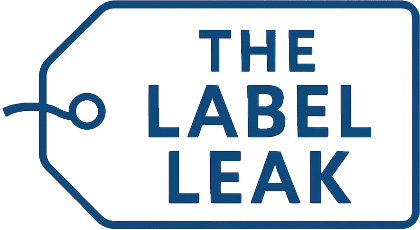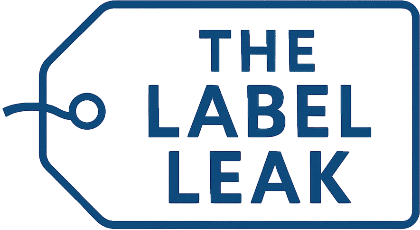Simplify and Fortify the Returns Process With Technology
According to the National Retail Federation (NRF) and Happy Returns 2024 Customer Returns in the Retail Industry Report, retailers estimated that 16.9% of their annual sales in 2024 were returned, making customer returns a headache for many retailers, regardless of their size. With clear and simple policies, however, retailers can make the returns process easy for customers and still protects their bottom line against fraud.
“One of the most important policies a business must have is a definitive return policy,” says Rob Hauser, owner and general manager of Hauser Home Hardware Building Centre. “I developed ours from experience. Customers will accept a policy if it is communicated during a sale. I believe to be successful there must be a no-hassle but definitive return policy, and it should be communicated to the customer with every sale.
Appriss Retail’s 2024 Consumer Returns in the Retail Industry report took a closer look at the impact of returns fraud. In 2024, total returns for the retail industry reached $685 billion and the total returns rate as a percentage of sales for 2024 was 13.21%. Of those returns, 15.14% were fraudulent, totaling $103 billion.
To guide retailers as they develop their policies, several retailers shared their return policies and the ways they have found to mitigate fraud and keep customers satisfied in the July issue of Hardware Retailing. These methods included simple but clear policies and well-trained employees who can provide a high level of customer service to assure customers purchase the products they want and need.
The Appriss 2024 Consumer Returns in the Retail Industry report found that the top three fraud-prevention tools retailers used in 2024 included requiring receipts or proof of purchase (67%), limiting return windows to 30 days or less (59%) and manually monitoring transaction data for fraudulent behavior (54%).
Hauser says his operation requires an original invoice and ID for all returns, and if a customer does not have their receipt, employees can search for it in the POS system.
“We train staff to identify fraudulent activity,” Hauser says. “If an attempt is made to return a product that was not purchased at our location we will not process.”
According to the Appriss consumer returns report, 39% of retailers utilize real-time return technology to approve, warn or deny a return or claim based on behavior patterns, and as technology evolves, it will provide additional tools to guide return policies. Here are a few of those tools already being used by retailers and some examples of service providers and vendors offering these services:
Chat Bots. While a chat bot cannot physically make a return, having a quality chat bot on your website can provide basic information your returns policies and answer questions before a customer comes into the store.
Artificial Intelligence. Retailers can harness the power of artificial intelligence (AI) to analyze return patterns and customer behaviors in point-of-sale data and refine their return policies strategically. AI can also aid retailers in assessing product condition, resale price, processing costs and storage requirements to cut processing times for returns.
Returns Automation Software. From printing out return address labels to processing returns digitally, returns automation software removes guesswork and manual work from the returns process.
Loss Prevention Software. Combining video security with point-of-sale data, retailers can quickly identify suspicious patterns and reduce fraud.
Appriss Retail
Solink
Watcher Total Protection
POS and ERP Solutions. Point-of-sale and enterprise resource planning systems provide technology-based solutions to manage inventory and other operational functions, which can lead to a smoother returns process.
DMSi
ECI Solutions
Epicor
GeneticQ
J3
Paladin Data Corporation
Rundoo
Toolbx


